Black Mirror and
Critical Media Theory
Black Mirror and
Critical Media Theory
Edited by Angela M. Cirucci and
Barry Vacker
LEXINGTON BOOKS
Lanham Boulder New York London
Published by Lexington Books
An imprint of The Rowman & Littlefield Publishing Group, Inc.
4501 Forbes Boulevard, Suite 200, Lanham, Maryland 20706
www.rowman.com
Unit A, Whitacre Mews, 26-34 Stannary Street, London SE11 4AB
Copyright 2018 by The Rowman & Littlefield Publishing Group, Inc.
All rights reserved. No part of this book may be reproduced in any form or by any electronic or mechanical means, including information storage and retrieval systems, without written permission from the publisher, except by a reviewer who may quote passages in a review.
British Library Cataloguing in Publication Information Available
Library of Congress Cataloging-in-Publication Data Available
ISBN 978-1-4985-7353-5 (cloth: alk. paper)
ISBN 978-1-4985-7354-2 (electronic)
 TM The paper used in this publication meets the minimum requirements of American National Standard for Information Sciences Permanence of Paper for Printed Library Materials, ANSI/NISO Z39.48-1992.
TM The paper used in this publication meets the minimum requirements of American National Standard for Information Sciences Permanence of Paper for Printed Library Materials, ANSI/NISO Z39.48-1992.
Printed in the United States of America
Introduction
It is 2011 and two million viewers are watching Channel 4, a British television network. A pulsing, spinning, circular icon appears on the void of a black screen. The circular icon flies apart, generating white circles, squares, and triangles, that flash and flicker onscreen, quickly forming the words Black Mirror and accompanied by accelerating electronic pulses and tones. As the tone hits and holds a high-pitch frequency, the words Black Mirror fracture like a broken mirror. So begins the television anthology Black Mirror (2011).
***
It is 1959 and millions of viewers are tuned to CBS, an American television network. Eerie music and strange visuals appearhazy gray images spread apart, an empty horizon becomes a barren desert landscape, and then a starry sky appears, twinkling against the black void. The images are accompanied by Rod Serlings narration and followed by white, flickering graphics that form the words The Twilight Zone. So begins the television anthology, The Twilight Zone (19591964).
***
Black Mirror is The Twilight Zone of the twenty-first century. Like The Twilight Zone, Black Mirror is a philosophical classic that echoes the angst of an era. Just as the Black Mirror opening ends with a fractured mirror, many of The Twilight Zone openings ended with the words Twilight Zone flying apart amid the abyss of a starry sky. The similarities are striking because both series confront the existential conditions of modern technological civilization and the truly radical philosophical challenges we face in the never-ending quests for love, meaning, purpose, and identityin our sprawling metropolises and expanding universe.
The Twilight Zone and Black Mirror:
Critical Media Television
To fully understand Black Mirror, we must first grasp its intellectual and television roots. According to Charlie Brooker, creator of Black Mirror, the series draws inspiration from shows like Tales of the Unexpected (19791988) and Night Gallery (19691973), but its greatest influence is The Twilight Zone, with its philosophical questions, paradoxical situations, and devastatingly twisted endings. In discussing The Twilight Zones endings, Brooker bluntly says thats the sort of thing that should be happening more on television.
But Brooker was inspired by more than the bizarre endings. Writing in The Guardian, Brooker explains The Twilight Zone was
Rod Serlings hugely entertaining TV series of the late 50s and early 60s, sometimes incorrectly dismissed as a camp exercise in twist-in-the-tale sci-fi. It was far more than that. Serling, a brilliant writer, created The Twilight Zone because he was tired of having his provocative teleplays about contemporary issues routinely censored in order to appease corporate sponsors. If he wrote about racism in a southern town, he had to fight the network over every line. But if he wrote about racism in a metaphorical, quasi-fictional worldsuddenly he could say everything he wanted. The Twilight Zone was sometimes shockingly cruel, far crueler than most television drama today would dare to be.
Brooker observed in Serlings day, the atom bomb, civil rights, McCarthyism, psychiatry and the space race were of primary concern. Today hed be writing about terrorism, the economy, the media, privacy and our relationship with technology.
Created by Rod Serling, The Twilight Zone was the first true philosophical and existential television series and remains one of the most intellectually engaging concepts ever developed for any visual mass medium. In a sense, The Twilight Zone was the first critical media TV, clearly laying the foundations for Black Mirror. Airing at the height of the Cold War, the first season (19591960) of The Twilight Zone coincided with the peak period of atomic bomb production by the Pentagonan astonishing 14,000 nuclear warheads were produced for the US arsenal during that two-year period. The Twilight Zone also aired just as the space age was exploding into popular consciousness, going from a few satellites circling the Earth to rockets that send astronauts to the moon (or drop nuclear bombs on cities). Side-by-side were the dystopian and utopian trajectories facing modern civilizationthe specter of a nuclear apocalypse and shimmer of space-age apotheosis. Not surprisingly, The Twilight Zone featured episodes showing the horrors of nuclear war and bizarre journeys into outer space. Throughout its five-year run, The Twilight Zone depicted numerous scenarios related to existence in the then modern world and the vast universe.
In many ways, Serling and The Twilight Zone were philosophically grounded in the mid-twentieth-century existentialism of Jean-Paul Sartre, yet the series repeatedly pointed toward issues that would soon be addressed by theorists and philosophers emerging in the 1960s: Marshall McLuhan, Guy Debord, Michel Foucault, and Jean Baudrillard, among others. By the end of the 1960s, there had been no nuclear war, but NASA had landed humans on the moon in a triumphal moment viewed on global television and celebrated worldwide as a great human achievement. We did it cheered the humans on planet Earth. But once NASA pulled the plug on the Apollo missions and everyone realized they would not be drinking martinis at a hotel on the moon, a new utopian destination appeared on the horizon. Outer space was replaced by cyberspace as the next human destination. Personal computers and laptops thrived and began linking up via the internet and World Wide Web. Chat rooms evolved into social media echo chambers. Google, YouTube, and Facebook became the archivists of our information, imagery, and selves. Television eventually migrated online with digital users, their hands tightly gripped around their mobile phones, poised for a selfie moment or status update.
Five decades after The Twilight Zone, Brooker and Black Mirror are steeped in the technological and cultural worlds described above and critiqued by McLuhan, Debord, Foucault, and Baudrillard. Rather than facing the proliferation of atomic bombs, Black Mirror confronts the proliferation of information bombs, the billions of screens and mobile media that have colonized human consciousness where they have been introduced. If
Next page
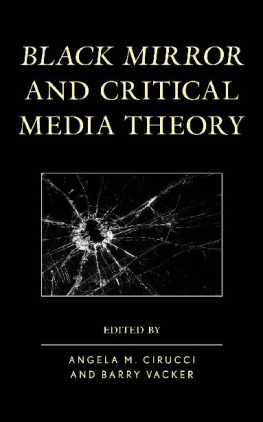

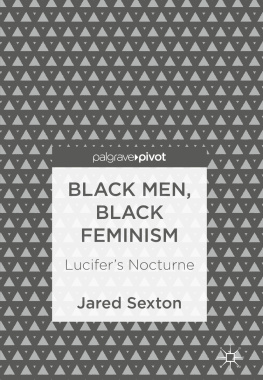
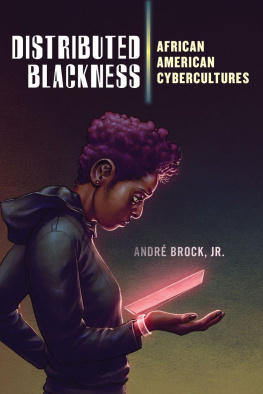
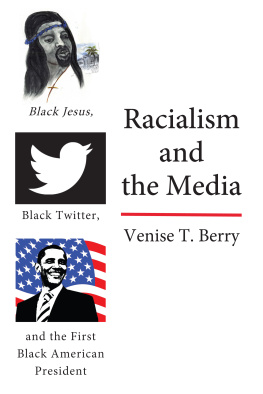
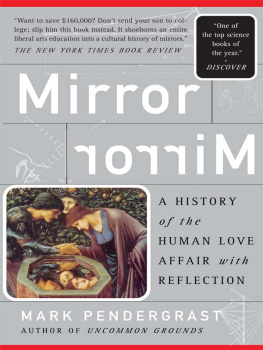
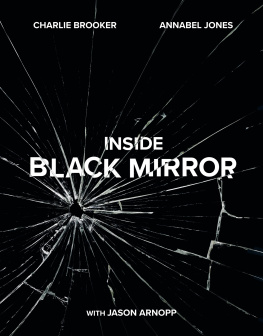

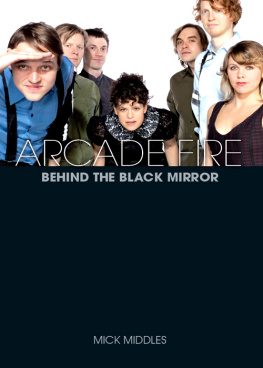
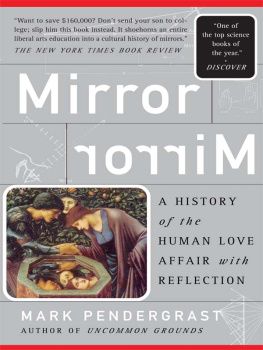

 TM The paper used in this publication meets the minimum requirements of American National Standard for Information Sciences Permanence of Paper for Printed Library Materials, ANSI/NISO Z39.48-1992.
TM The paper used in this publication meets the minimum requirements of American National Standard for Information Sciences Permanence of Paper for Printed Library Materials, ANSI/NISO Z39.48-1992.